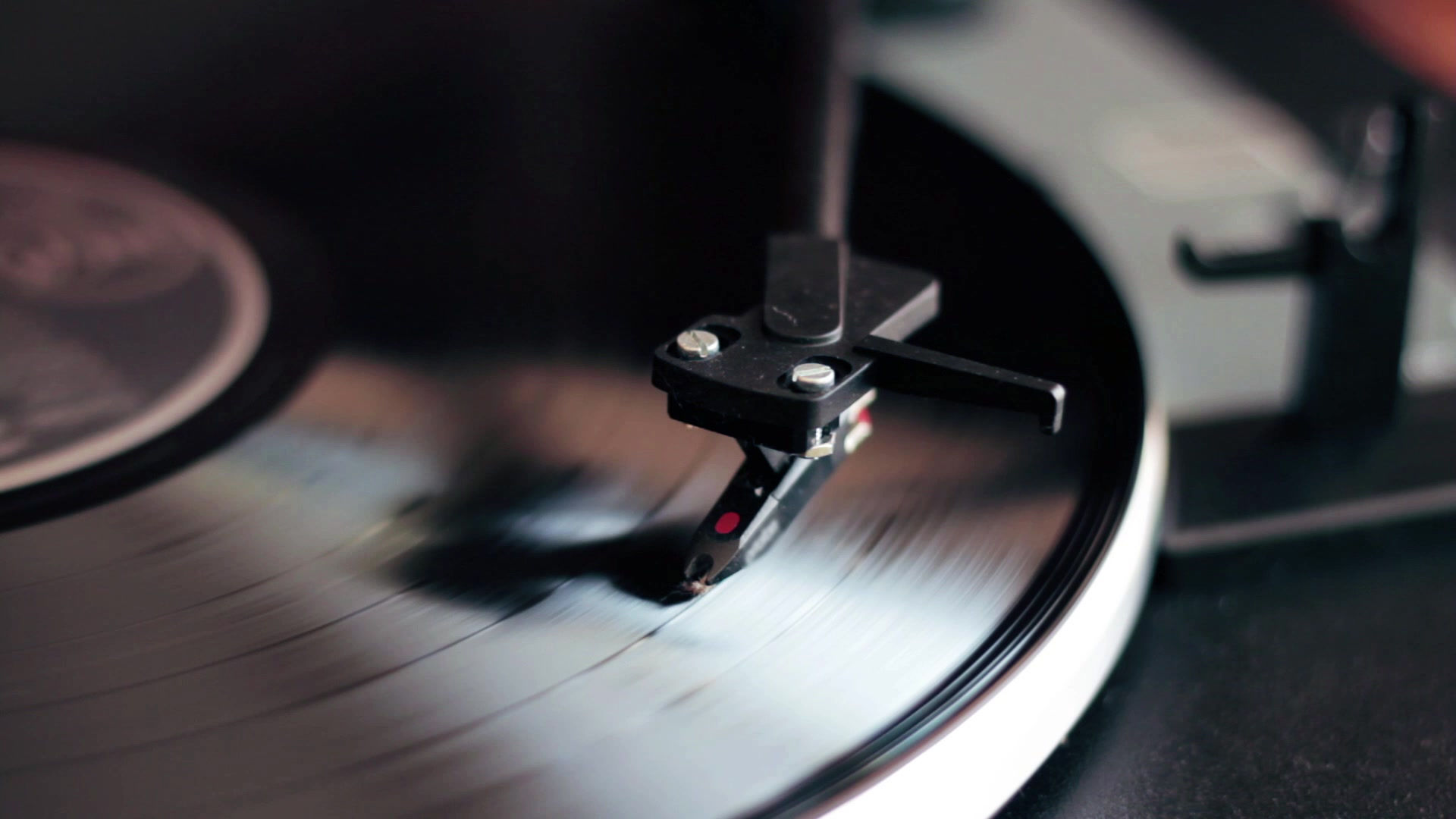
Abstracts: Poster presentation
Matthew Wong (Rochester Institute of Technology)
Source-Distance Based Panning Algorithm for 3D Immersive Sound Position
The Source-Distance Based Amplitude Panning (SDAP) algorithm offers a new approach in determining gain amounts for distributed loudspeakers in a three-dimensional (3D) space. Similar to the 3D implementation of Vector Based Amplitude Panning (VBAP), this method is based on the use of non-overlapping triangular regions formed by the known locations of sets of 3 loudspeakers. Unlike VBAP, however, this method compares the location of the panning vector to the surface formed by the triangular region, and uses Barycentric coordinates to determine the speakers' respective amplitudes. In addition, SDAP removes the possibility of negative amplitudes as may appear in VBAP.
Michael C. Heilemann (Department of Electrical and Computer Engineering, University of Rochester)
Sound-Source Localization on Flat-Panel Loudspeakers
A method is described for creating a two-dimensional audio display by spatially controlling the bending vibrations of a panel. This method can simultaneously produce multiple independent audio sources on the surface of the panel by using an array of force actuators to govern the shape and location of each source. The spatial vibration profile of the panel is dynamically controlled via straightforward signal processing means. Demonstrations on a prototype panel with an optimized array of eight actuators show that the vibration profile of the panel approximates the user-defined target shape at all frequencies within the actuator array bandwidth. Target shapes can be independently superimposed, allowing the panel to simultaneously reproduce multiple primary audio sources. Additionally, audio displays employing this method can be used to manipulate the sound field for beam-forming and wave field synthesis applications.
Sarah Smith (Department of Electrical and Computer Engineering, University of Rochester)
A Modern Approach to Coaxial Loudspeaker Drivers for Sound Reinforcement Applications
This work explores the effect of reverberation on audio signals that possess a harmonically rich overtone spectrum such as speech and many musical instrument sounds. A proposed metric characterizes the degree of reverberation based upon the cross correlation of the instantaneous frequency tracks of the signal overtones. It is found that sounds that exhibit near perfect correlations in an anechoic acoustic environment become less correlated when passed through a reverberant channel. These results are demonstrated for a variety of music and speech tones using both natural recordings and synthetic reverberation. The proposed metric corresponds to the speech transmission index and thus may be employed as a quantitative measure of the amount of reverberation in a recording.
Andrea Cogliati (Department of Electrical and Computer Engineering, University of Rochester)
Transcribing Human Piano Performances into Music Notation
Automatic music transcription aims to transcribe musical performances into music notation. However, existing transcription systems that have been described in research papers typically focus on multi-F0 estimation from audio and only output notes in absolute terms, showing frequency and absolute time (a piano-roll representation), but not in musical terms, with spelling distinctions (e.g., A♭ versus G♯) and quantized meter. To complete the transcription process, one would need to convert the piano-roll representation into a properly formatted and musically meaningful musical score. This process is non-trivial and largely unresearched. In this paper we present a system that generates music notation output from human-recorded MIDI performances of piano music. We show that the correct estimation of the meter, harmony and streams in a piano performance provides a solid foundation to produce a properly formatted score. In a blind evaluation by professional music theorists, the proposed method outperforms two commercial programs and an open source program in terms of pitch notation and rhythmic notation, and ties for the top in terms of overall voicing and staff placement.
Bochen Li (Department of Electrical and Computer Engineering, University of Rochester)
Associating players to audio tracks in musical performance videos
Music is not just an art of sound. Both the audio and visual aspects of a musical performance, especially their association, are important for expressing players’ ideas and engaging the audience. In this paper, we present a first attempt to separate sound sources and associate them to players detected in the video of a multi-instrument musical performance. Our approach enables novel music enjoyment experiences that allow users to click on a player in the video and separate/enhance the corresponding sound source.
Jerome Glick (Rochester Institute of Technology)
High-Frequency Audibility Experiment (HFAE)
Abstract will be updated. Please refer the student's website: https://people.rit.edu/jng4080/hfae/